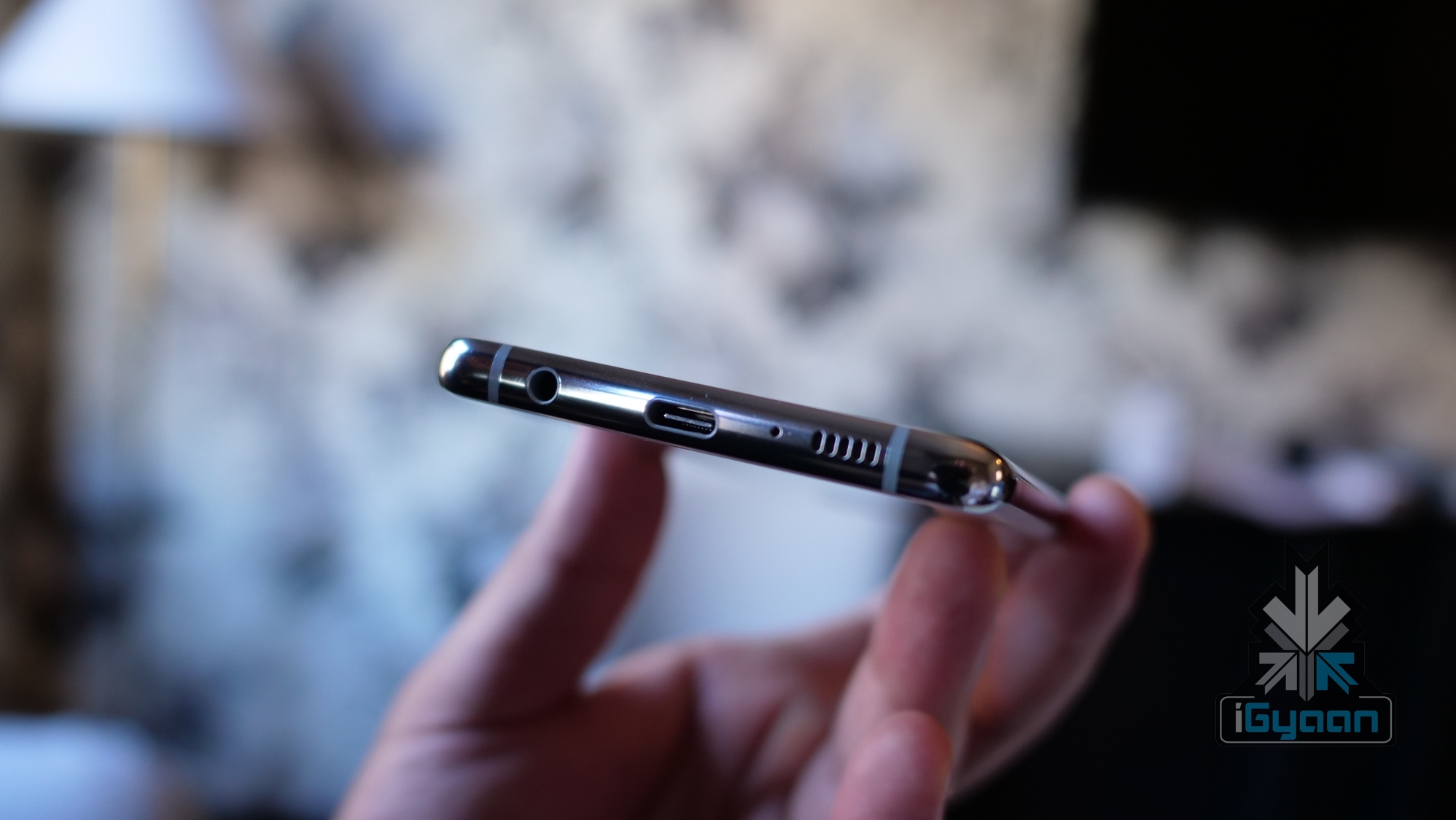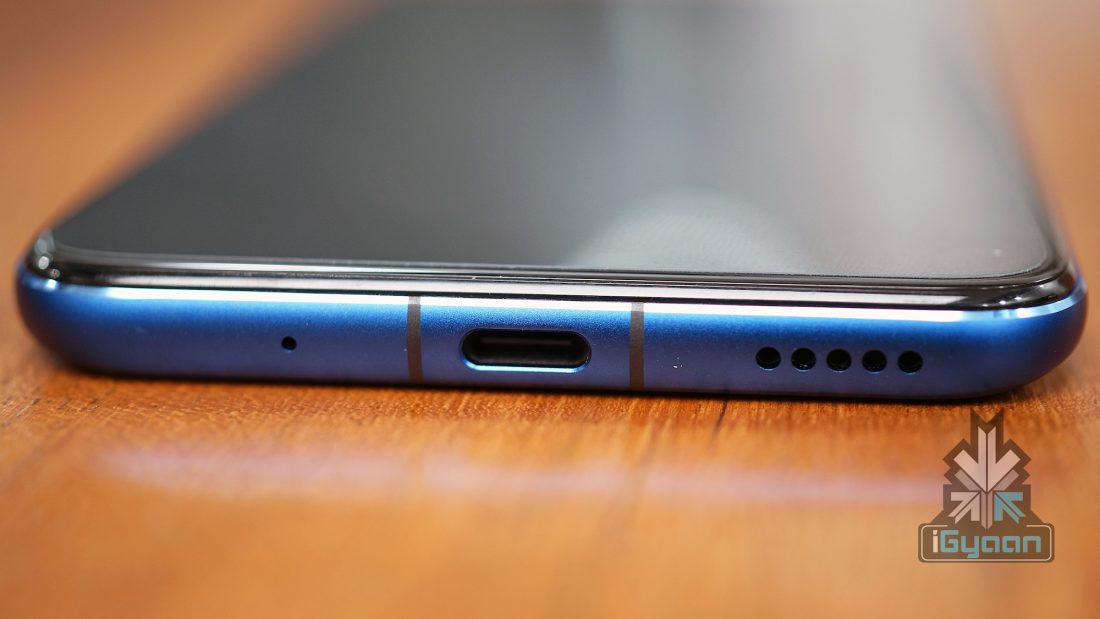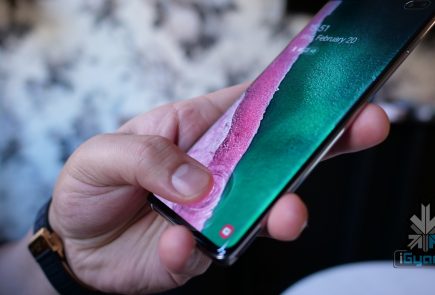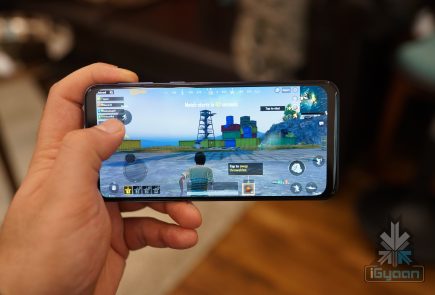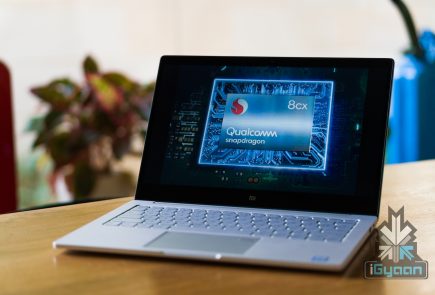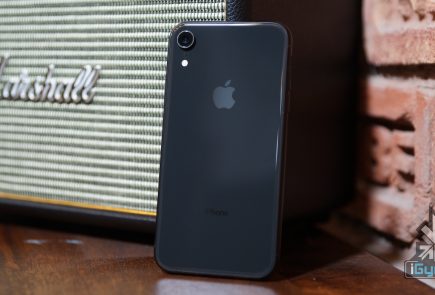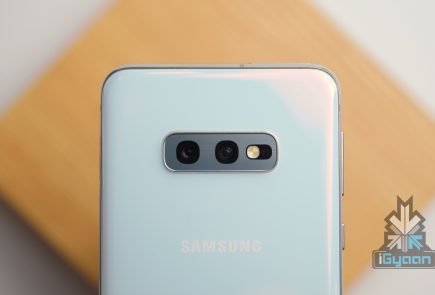USB 4 With Faster Speeds And Thunderbolt Support Announced
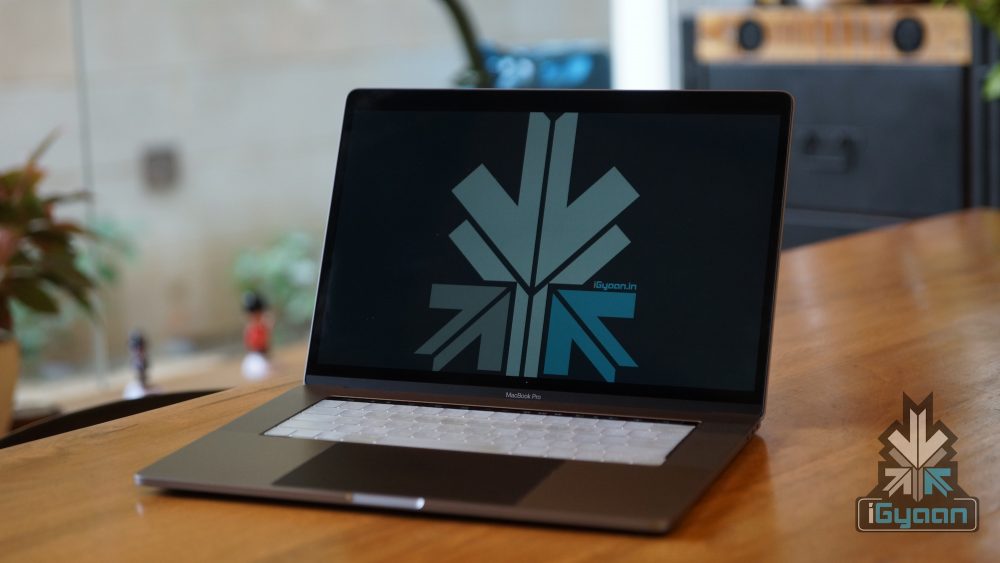
USB or Universal Serial Bus is an industry standard that sets specifications for connectors, protocols and cables for communication and power supply between computing devices and their peripherals. USB, first introduced in the year 1996 has seen several iterations during the time of its existence. Its latest standard, the USB 4 has been freshly announced which is capable of transferring data up to 4 times faster than its predecessor.
How Fast Is USB 4?
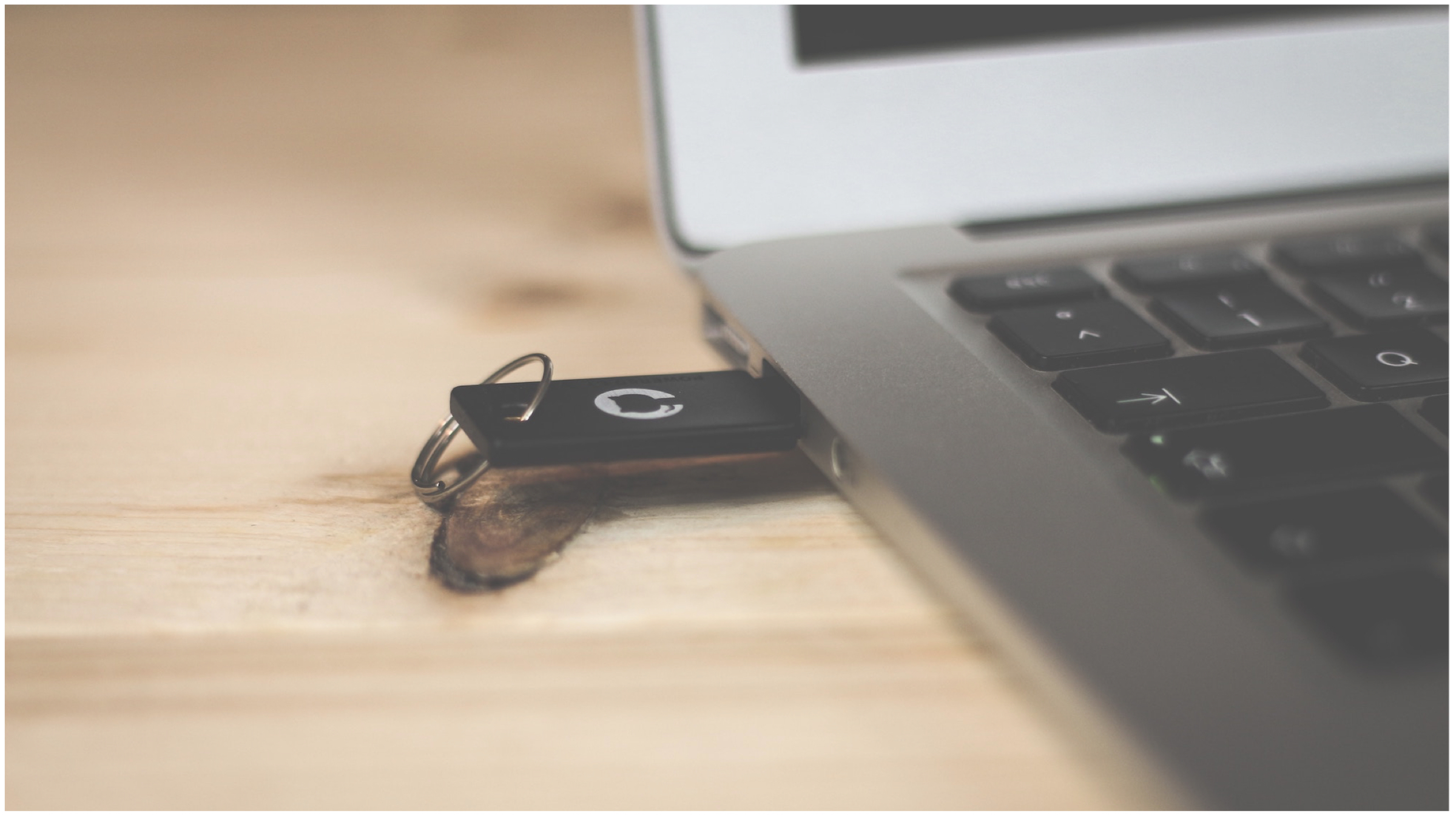 USB 3 certified devices usually have data transfer speeds of 5Gbps, 10 Gbps or 20 Gbps depending on its certification. Whereas USB 4 is capable of transferring data up to speeds of 40 Gbps which is a significant boost. This improvement in the speed of the new standard will open up new possibilities for devices with this port. Notably, it will allow the connection of multiple 4K monitors flawless.
USB 3 certified devices usually have data transfer speeds of 5Gbps, 10 Gbps or 20 Gbps depending on its certification. Whereas USB 4 is capable of transferring data up to speeds of 40 Gbps which is a significant boost. This improvement in the speed of the new standard will open up new possibilities for devices with this port. Notably, it will allow the connection of multiple 4K monitors flawless.
The new USB 4 standard will further advance docking stations that use a single port to connect to several peripherals including monitor, storage drives and network cables. Noteworthy, not all devices can transfer data at a rate of 40 Gbps. Distinctly, smartphones will support slower speed which is fine as they are not generally connected to multiple devices simultaneously like a couple of 4K monitors.
What Else Does USB 4 Offer?
In addition to the highly appreciated speed boost, USB 4 will also incorporate Thunderbolt technology. Thunderbolt is a type of hardware interface which was developed by Intel in collaboration with Apple. Like the USB interface, it is also intended to allow connection between a computer and external peripherals. However, it is capable of transferring data at much higher rates than USB. Noteworthy, the Thunderbolt 3 standard which was previously announced shares the common connector as USB Type-C.
The aforementioned port is the latest standard for physical ports for the USB interface. The USB Type-C port is much more versatile and convenient than both USB A ports which are present on computers/laptops and Micro USB ports which are present on older Android smartphones. Also, the new physical connector can carry heavier electrical loads in comparison to the previous generation. The USB 4 standard also improves the USB Power Delivery (USB PD) system which governs the amount of power to supply to a connected peripheral.
When Will USB 4 Make Its Way To Consumer Ready Products?
Also Read: OnePlus 7 Listed Online Confirming Price & Specifications
OEMs that take part in USB IF (USB Implementers Forum) are expected to release the details of USB 4 in the Q4 of 2019. The first consumer-ready device will take about 12 to 14 months to make its way to the market. Accordingly, the first commercially available device with USB 4 standard will be seen in the second half of the year 2020.
















